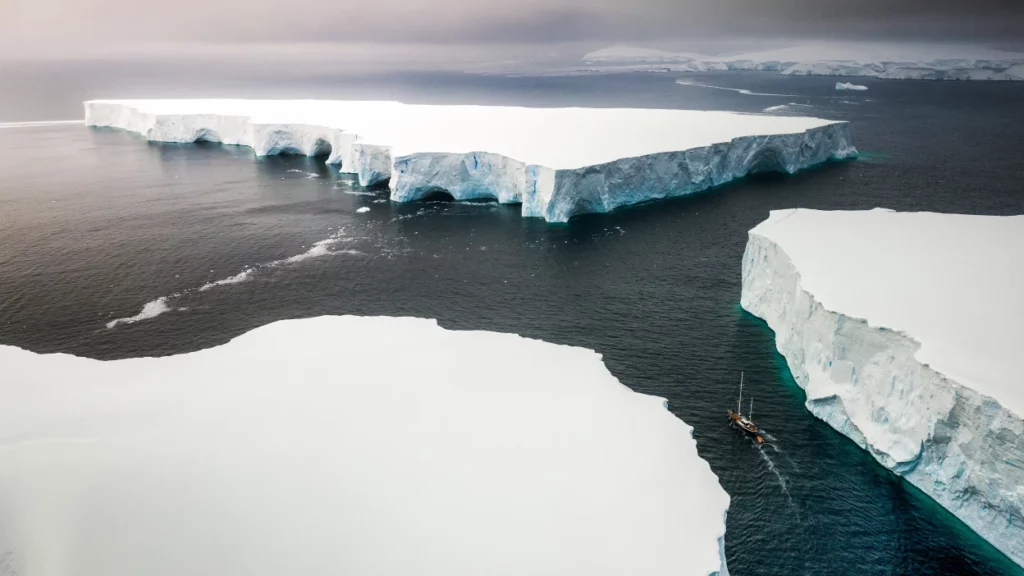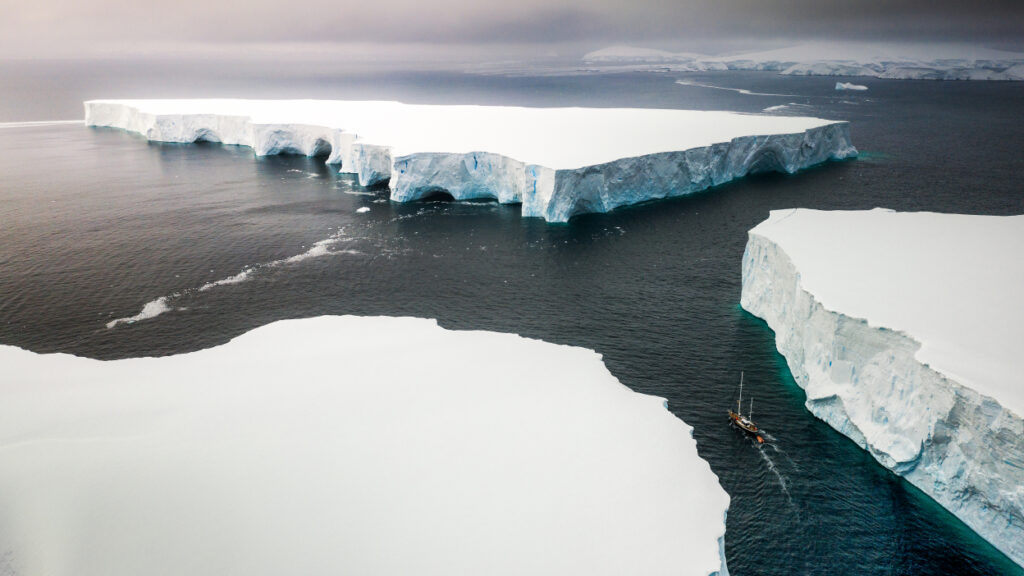NBC finished us off another way too this week, with a story saying “A hole opens up under Antarctic glacier — big enough to fit two-thirds of Manhattan/ Scientists say if Thwaites collapses, it could trigger a catastrophic rise in global sea levels, flooding coastal cities around the world.” Yes, yes. If catastrophe hits, it could be a catastrophe. This story has it all, including speculation about the distant future presented as certainty about the present, the complete absence of balancing counter-evidence and insistence that the science is settled even while claiming it’s all happening “faster than anyone had realized.” As with Bond films, we never seem to tire of the formula.
Amusingly, the story says this unexpected Antarctic cavity already exists, “representing the loss of 14 billion tons of ice.” Which means that water is already in the oceans. So where’s the flood?
In a computer. In the future. You see, “If the loss of ice becomes so severe that the glacier collapses — something computer models predict could happen in 50 to 100 years — sea levels would rise by two feet. That’s enough to inundate coastal cities across the globe.” So sea levels could rise by two feet a century from now if computer models that can’t predict the past have nailed the future with such precision that it might also be in 50 years, or never, or something. And we must act now to prevent it by taking measures the same computer models say won’t work. Gosh. What a call to arms.
Those who take data seriously know there was a very rapid rise in sea levels at the end of the last glaciation some 12,000 years ago. Since then there has been little, even though glaciers have been in sharp retreat since the end of the Little Ice Age, after rapidly advancing during it, in a natural cycle also detectable in the cold Dark Ages, Medieval Warm period and so forth. (There may in fact have been no glaciers in the Alps when Hannibal did his elephant thing during the Roman Warm Period. World ends, film at XI. Coral does not die.)
There is even reason, including tropical islands near the equator whose bases are narrower than their tops due to 7000 years of wave erosion at the same level, to suspect that sea levels have gone up and down within quite a narrow band during these strong temperature fluctuations during the Holocene rather than steadily rising; it’s very hard to measure “sea level” as one absolute number because the Earth’s crust rises in some places and subsides in others while erosion and deposition of sediments also affect shorelines. But what is historical data compared to “could trigger” and “model say”?
Thus Britain’s Guardian ran a headline “Met Office: global warming could exceed 1.5C within five years” and a picture warning that “Elevated water temperatures from global warming can kill coral, leaving behind a bleached white coral skeleton” over a story that actually had the UK’s weather office saying there was a 10% chance of a strong El Nino pushing temperature 1.5C above pre-industrial levels before falling again. Yeah. Unless it doesn’t.


